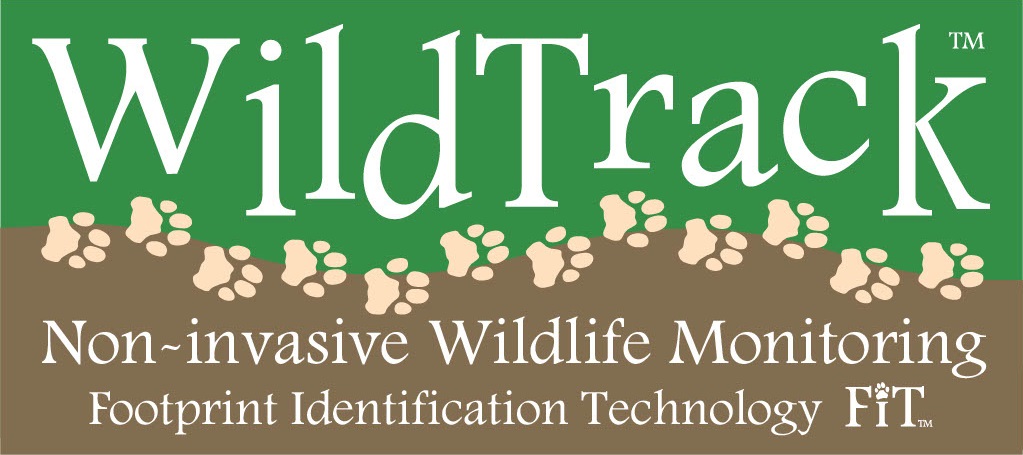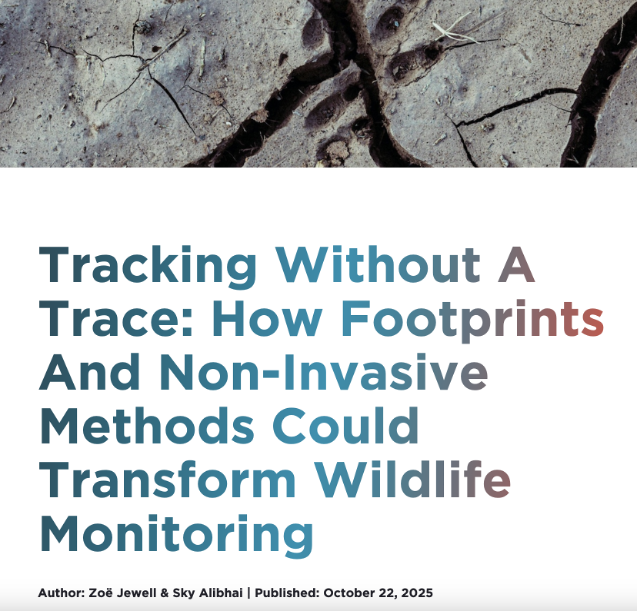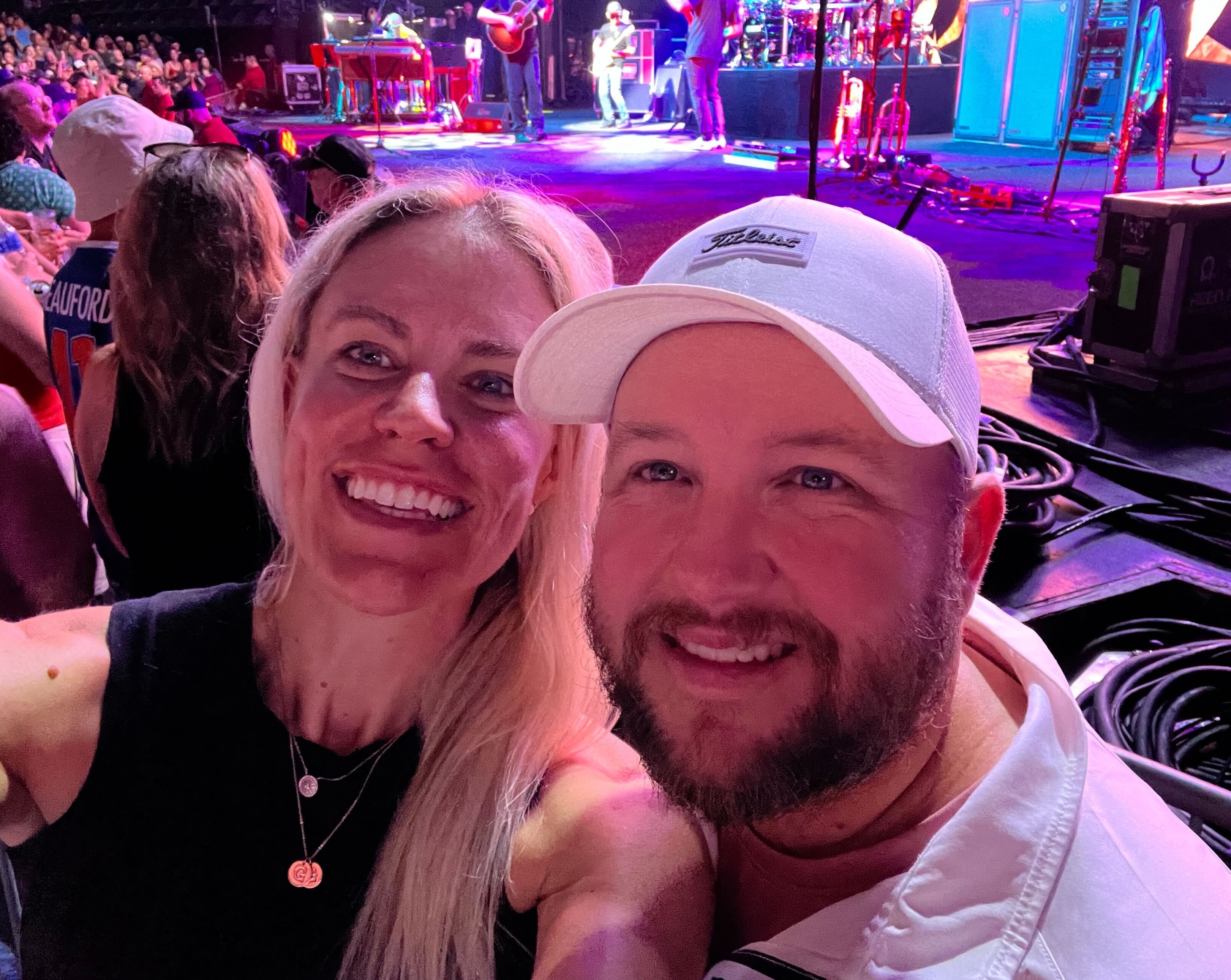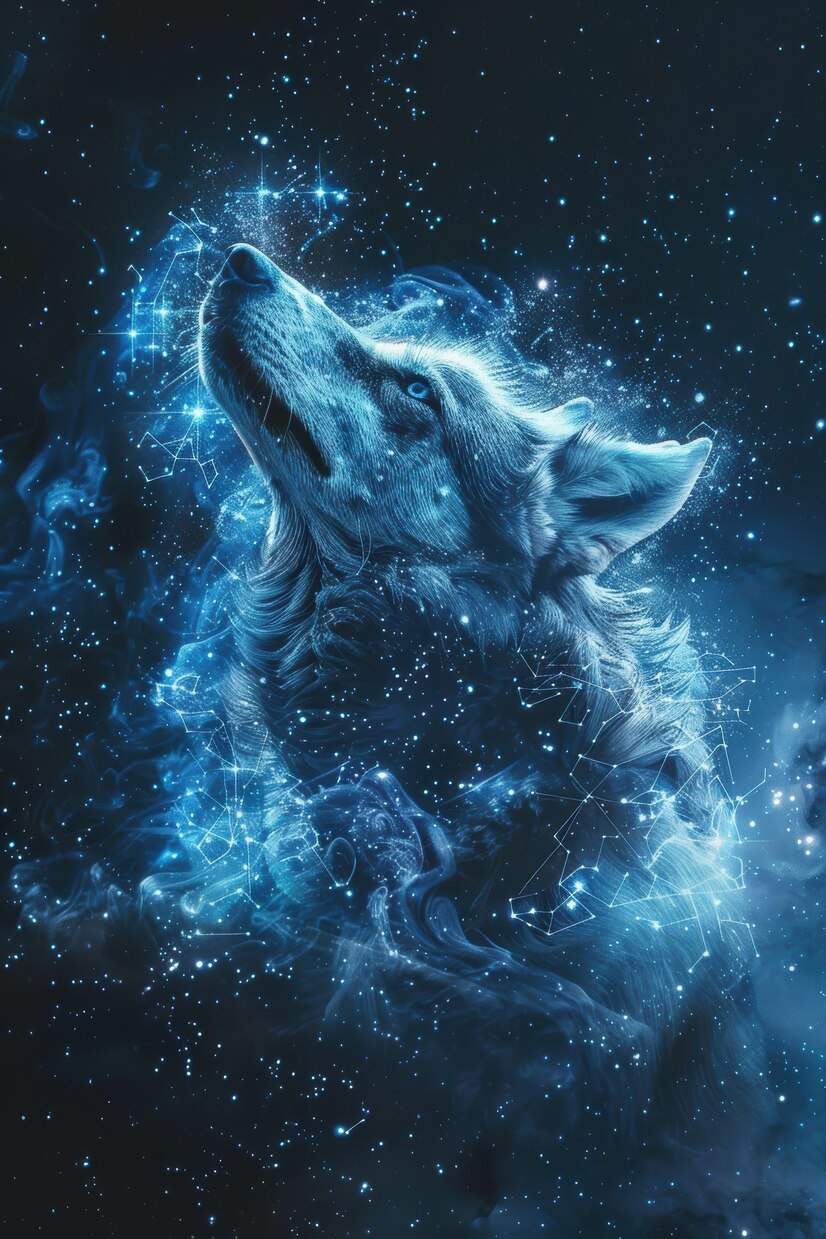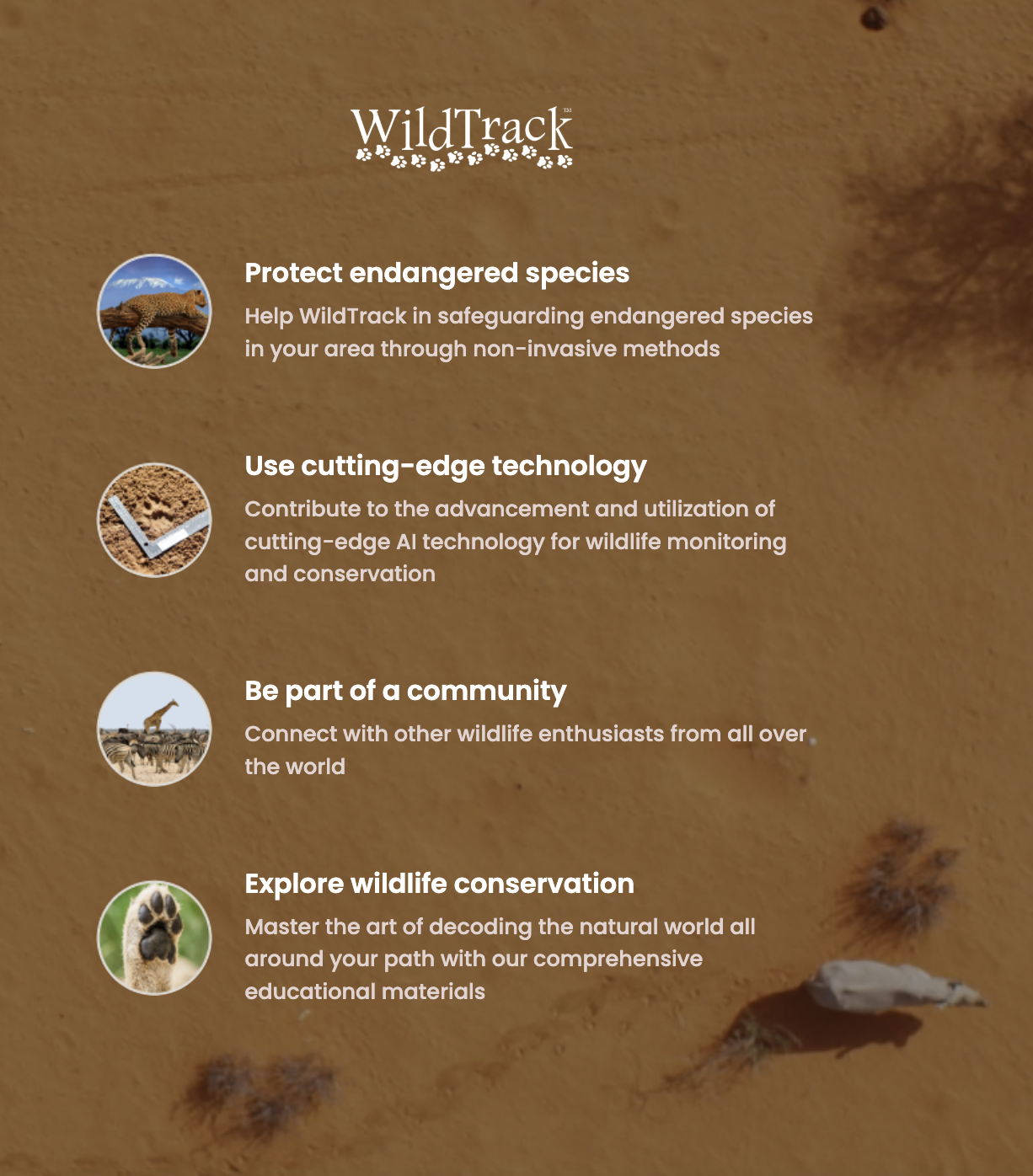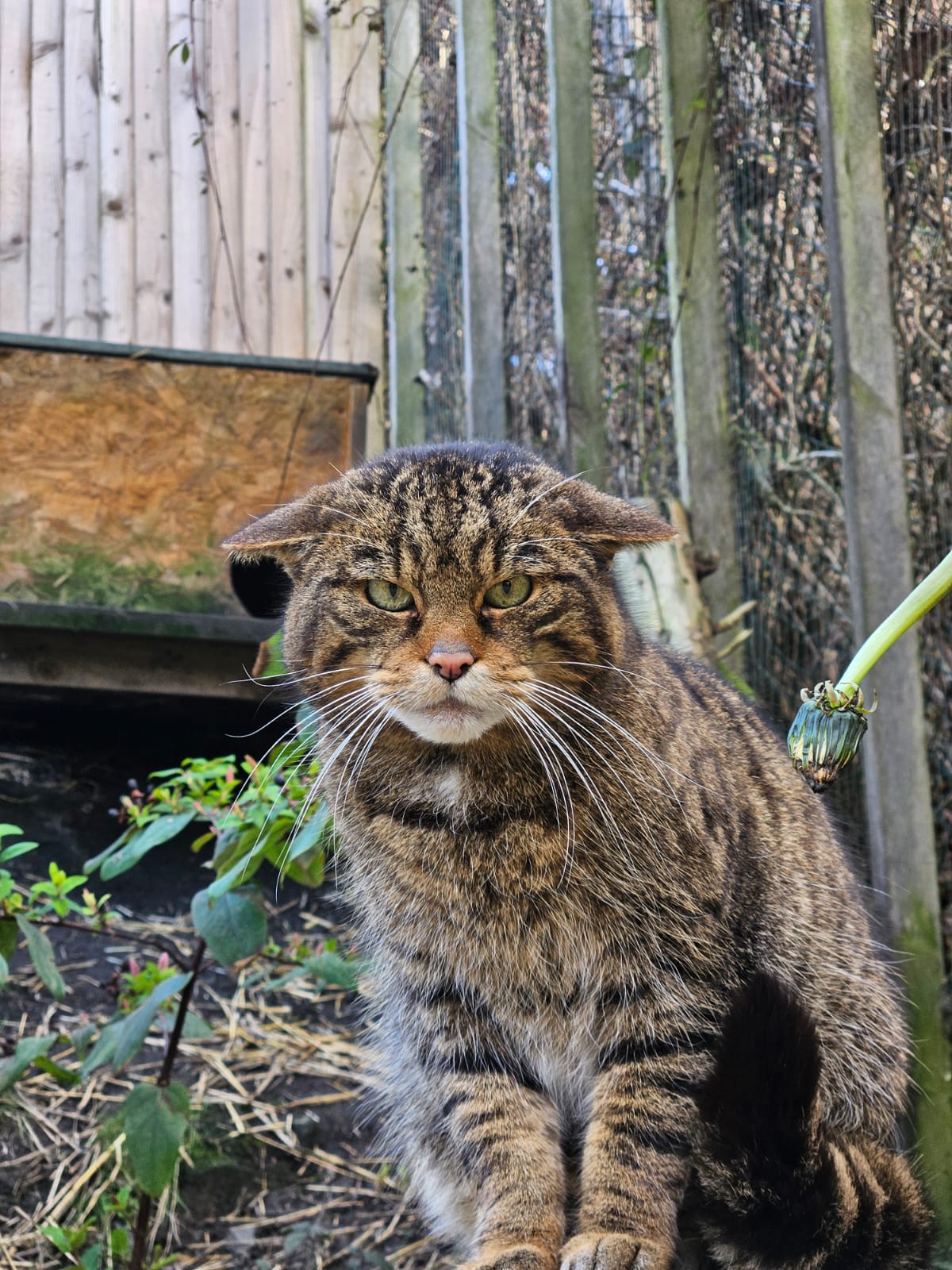Leopard and Lion in Botswana - monitoring using FIT in JMP!
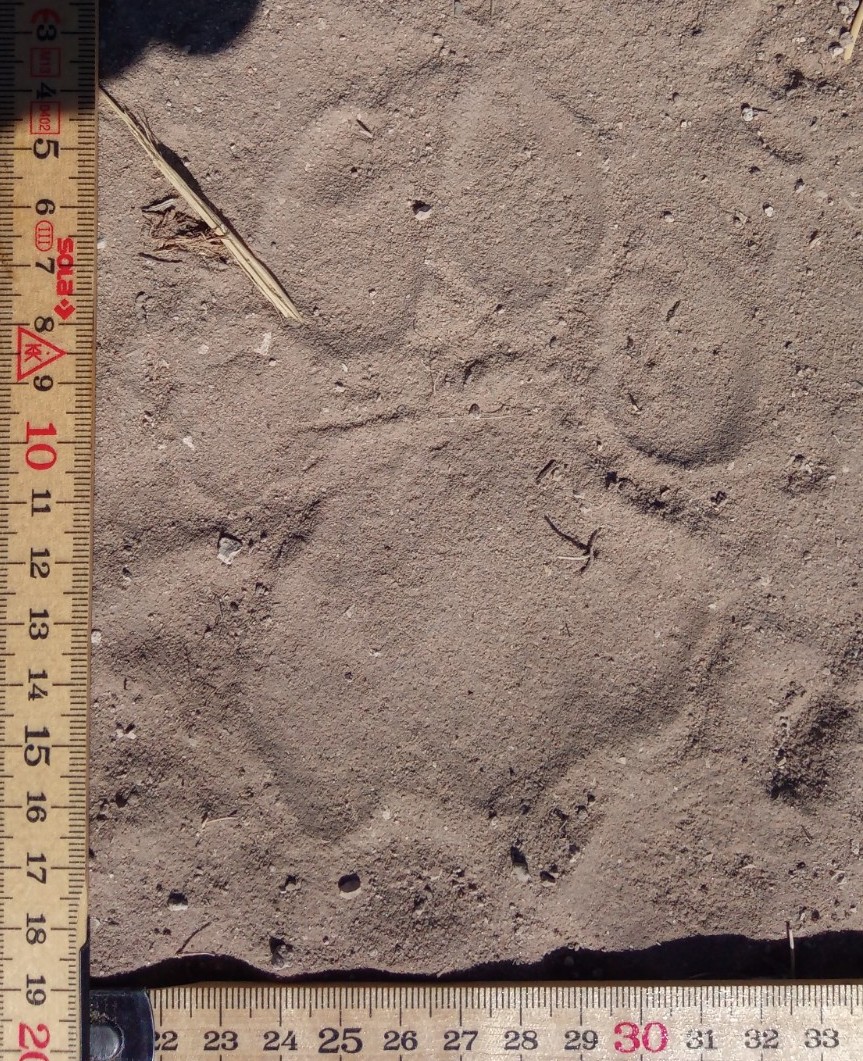
An almost perfect lion print - left hind foot - showing clear outlines of the four toe pads and heel.
By Rosie Miles, Field Research Coordinator, Leopard Ecology and Conservation, Botswana.
At Leopard Ecology & Conservation we seek to promote the long-term survival of leopard and lion populations in the Kalahari area of central Botswana by integrating conservation and community-education. This requires an understanding of the status and habitat needs of large carnivores within the study area. But the environment in which we work and the low density of animals that we find here, make many traditional scientific methodologies challenging. However, we have local San Bushmen trackers on the team, whose knowledge about this environment, and the animals that inhabit it, is unrivalled.
A significant proportion of our data collection relies on these skilled trackers finding, following and interpreting animal behaviour from the spoor of our study leopards and lions. Our local team, consisting of myself, Alessandro Araldi and Pogiso “Africa” Ithuteng, are collaborating with WildTrack to take this data collection to a whole new level, by empowering the trackers, and also those without expert knowledge, to more confidently identify which individual animal the tracks belong to. In this way our spoor data will become individual-specific, improving our ability to develop an in-depth understanding about what is happening within these carnivore populations.
Expert local trackers following lion prints even in the tall grass
For the past couple of months, we have been trialling data collection using the Epicollect app, starting to build a database of track samples from our study area. There were initial worries from both us and the WildTrack team that the sand in the Kalahari was going to be too deep and soft to produce decent tracks, and certainly some of our early photo collection suggested this might be the case. With very few roads in the study area we are often tracking the animals through thick bush, also making finding photographable tracks a challenge. But with time and patience we have found areas where there is suitable substrate, around pans and on the edges of roads, where the sand is less deep and good quality tracks can be found. In a few months’ time when the rainy season hopefully returns, we will likely find more opportunities to collect images as the sand is hardened and smoothed by the rain.
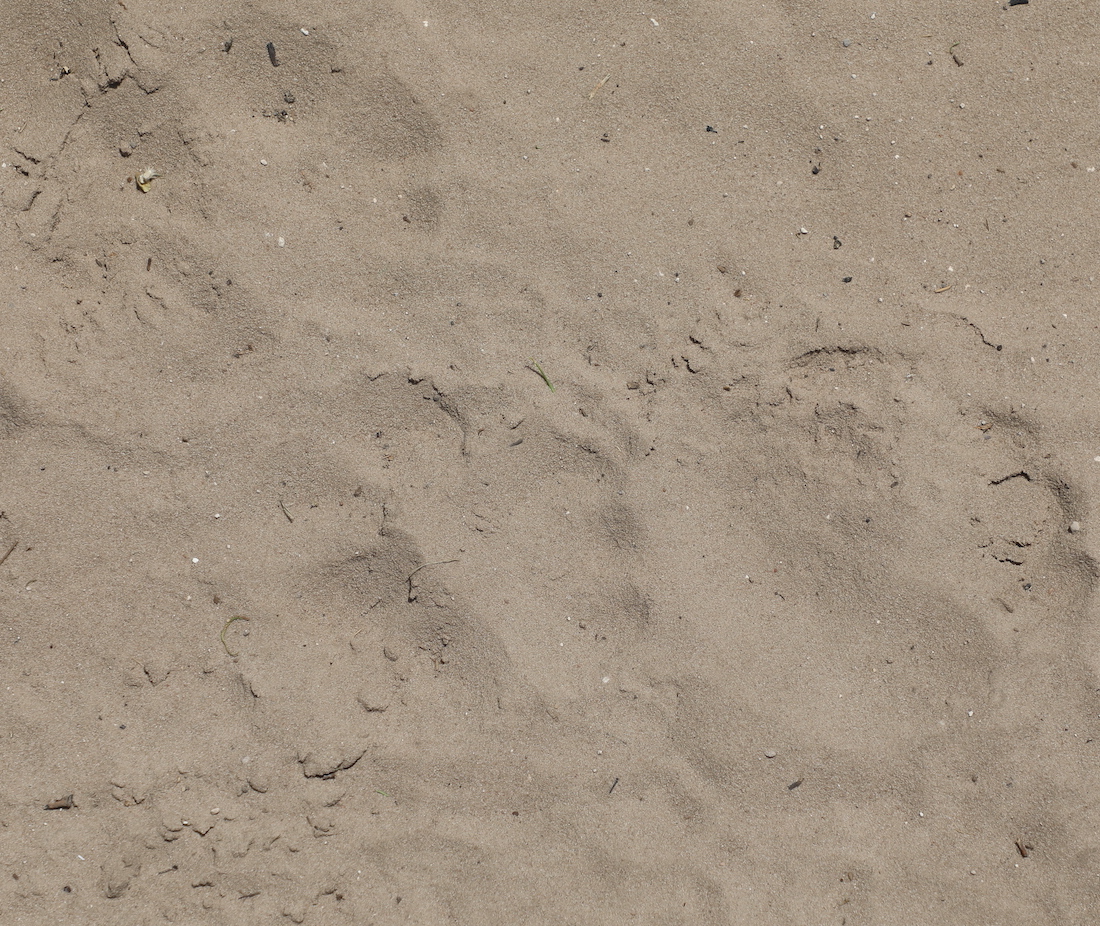
A lion print in the very soft Kalahari sand. Finding high quality prints sometimes requires good tracking skills, but this project has very skilled trackers on hand!
A couple of interesting things we have discovered already from our sample collection is that our cats often register, that is when the hind foot lands on top of where the front foot was. This makes it hard for us to collect many front footprints because they are partially obscured by the back footprint overlaying them. Also, the indentation of the track is always deeper and more defined at the rear of the track than at the toes, which is the opposite to what is more commonly seen elsewhere. This may be a result of the very soft substrate within which we are working.
So far, we have found the data collection both straightforward and enjoyable and we can anticipate clearly what the tangible benefits will be for us to use the technology as it develops.
The WildTrack team has been incredibly helpful and supportive, giving regular and constructive feedback and we really look forward to continue working on this project together.
